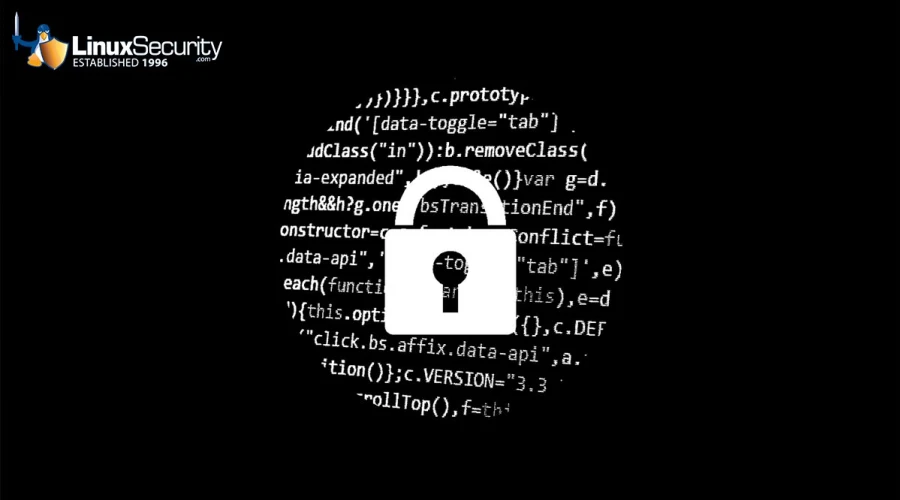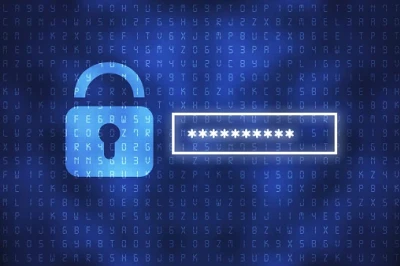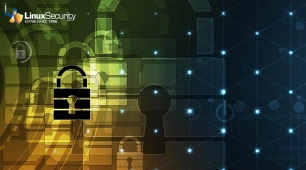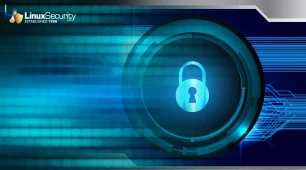
The infamous OpenSSH "regreSSHion" vulnerability, CVE-2024-6387, sent shockwaves through the Linux security community when it was discovered this past summer. This critical flaw threatens a core component of Linux system security: OpenSSH.
Used widely for remote login and other network services, any breach could have devastating repercussions: attackers could gain unwarranted access, elevate privileges, or execute malicious code that leads to data breaches, system disruptions, and loss of control over affected systems. With attackers now having access to PoC code to exploit this vulnerability directly, security admins must take immediate action against any attacks attempting to exploit this bug to harm their systems. I'll explain how this exploit works and its potential impacts and offer practical advice for securing your systems against this threat.
Understanding the OpenSSH regreSSHion Bug
 The notorious "regreSSHion" vulnerability exploits weaknesses in OpenSSH's handling of SSH sessions, potentially allowing attackers to execute code remotely by manipulating specific session parameters during authentication or connection establishment. Attackers could gain unauthorized access and perform operations with elevated privileges by sending maliciously structured packets or exploiting buffer overflows in its protocol implementation.
The notorious "regreSSHion" vulnerability exploits weaknesses in OpenSSH's handling of SSH sessions, potentially allowing attackers to execute code remotely by manipulating specific session parameters during authentication or connection establishment. Attackers could gain unauthorized access and perform operations with elevated privileges by sending maliciously structured packets or exploiting buffer overflows in its protocol implementation.
This vulnerability affects OpenSSH versions 8.5p1 through 9.8p1 on glibc-based Linux systems, as these contain flawed code that could allow attackers to gain unauthorized system access. As is always recommended with critical vulnerabilities, the best course of action to limit potential risks is updating to the most recent version, where any known issues have been rectified by applying security patches provided by OpenSSH maintainers.
Immediate Mitigation Requires Patching & Updates
For Linux security admins, the first and most essential step in securing against this bug is applying all patches and updates provided by OpenSSH maintainers. When critical vulnerabilities such as CVE-2024-6387 emerge, the OpenSSH team responds quickly by issuing patches that remove exploitable security flaws. Quickly updating all systems running OpenSSH can close off potential openings used by attackers to gain entry and exploit any vulnerabilities present.
Enhancing Authentication Practices
 Patches are only the first step toward strengthening authentication methods against "regreSSHion." SSH access is essential to administrative duties, so its security should remain tight. Strong passwords should always be used; however, moving beyond password-based methods into key-based methods provides an extra layer of protection. Public key authentication eliminates password entry and decreases the risk of brute-force attacks.
Patches are only the first step toward strengthening authentication methods against "regreSSHion." SSH access is essential to administrative duties, so its security should remain tight. Strong passwords should always be used; however, moving beyond password-based methods into key-based methods provides an extra layer of protection. Public key authentication eliminates password entry and decreases the risk of brute-force attacks.
Multi-factor authentication (MFA) can further strengthen security. With MFA in place, even if an attacker gains SSH credentials, they would still require additional forms of verification - like time-based one-time passwords (TOTPs). Implementing MFA can significantly decrease the risk of unauthorized access.
Limit SSH Access
Another effective protection measure is to limit SSH access as much as possible. SSH should only be accessible from trusted IP addresses. Setting firewall rules that permit connections from specific IP ranges or networks can reduce the attack surface significantly. After all, any PoC exploit used will not have any effect against systems that attackers cannot reach.
Consider tools such as fail2ban for additional restrictions. This system analyzes authentication logs and blocks IP addresses that display any sign of suspicious activity, providing an extra safeguard against potential exploit attempts.
Vigilant Monitoring and Network Analysis
 Staying aware and responding swiftly to potential intrusions is critical to maintaining system integrity and security. Implementing robust monitoring solutions capable of detecting suspicious activities and alerting administrators quickly is essential. Network traffic analysis tools like Snort can aid in quickly recognizing patterns indicative of attacks for timely intervention.
Staying aware and responding swiftly to potential intrusions is critical to maintaining system integrity and security. Implementing robust monitoring solutions capable of detecting suspicious activities and alerting administrators quickly is essential. Network traffic analysis tools like Snort can aid in quickly recognizing patterns indicative of attacks for timely intervention.
We strongly recommend establishing an Intrusion Detection or Intrusion Prevention System (IDS/IPS). These systems can monitor traffic and system logs and alert administrators of activities that deviate from the norm. Security teams can quickly detect potential exploits by monitoring network traffic on ports typically used by SSH clients.
Regular Audits and User Activity Monitoring
Conducting frequent software audits is another effective strategy for creating a secure environment. Unnecessary or outdated software can introduce vulnerabilities, providing potential attack vectors. Regular audits and frequent checks ensure that only essential and up-to-date software packages remain installed, decreasing the risk of exploitation.
Monitoring user activity helps detect and combat suspicious actions, including login attempts from unfamiliar locations or unauthorized access to sensitive files that might indicate compromise. Implementing robust user activity monitoring enhances our ability to detect and respond to potential threats quickly.
Staying Informed and Proactive
Staying informed on the latest security threats is vital to effective defense. Reviewing LinuxSecurity advisories and subscribing to LinuxSecurity newsletters will keep you abreast of potential vulnerabilities, patches, or mitigation solutions as soon as they become known. Be prepared to act swiftly when new information is available!
Our Final Thoughts on Mitigating This Notorious OpenSSH Flaw
 The "regreSSHion" (CVE-2024-6387) vulnerability must be treated as an immediate and critical threat, with newly available proof-of-concept code increasing risks to Linux systems. Urgent measures should be implemented immediately to counter this threat and secure all affected Linux devices. Applying patches, strengthening authentication mechanisms, restricting SSH access, and implementing stringent monitoring practices are essential to protect systems against potential exploits. Regular software audits, user activity monitoring, and staying abreast of emerging threats are foundational practices to ensuring adequate security in your Linux environment and providing protection from vulnerabilities like "regreSSHion." Taking such proactive steps can help safeguard our systems effectively against emerging risks like the "regreSSHion" flaw.
The "regreSSHion" (CVE-2024-6387) vulnerability must be treated as an immediate and critical threat, with newly available proof-of-concept code increasing risks to Linux systems. Urgent measures should be implemented immediately to counter this threat and secure all affected Linux devices. Applying patches, strengthening authentication mechanisms, restricting SSH access, and implementing stringent monitoring practices are essential to protect systems against potential exploits. Regular software audits, user activity monitoring, and staying abreast of emerging threats are foundational practices to ensuring adequate security in your Linux environment and providing protection from vulnerabilities like "regreSSHion." Taking such proactive steps can help safeguard our systems effectively against emerging risks like the "regreSSHion" flaw.
Implementing these measures requires concerted effort and a commitment to avoiding new and known risks, but their benefits cannot be ignored. By prioritizing security and utilizing all available tools and best practices, we can protect our systems from this critical vulnerability and others that arise in the future.

















